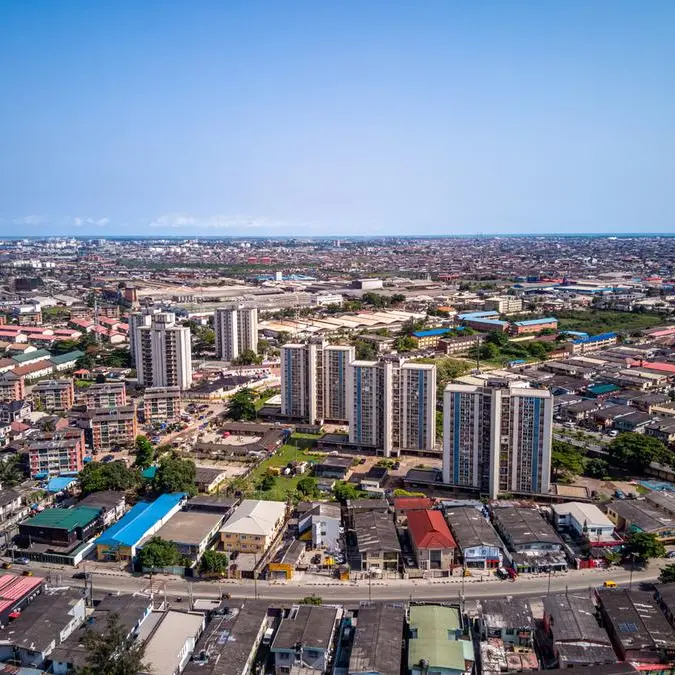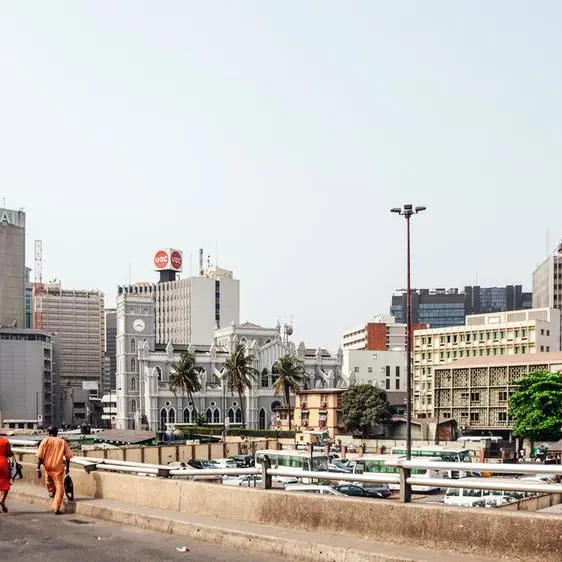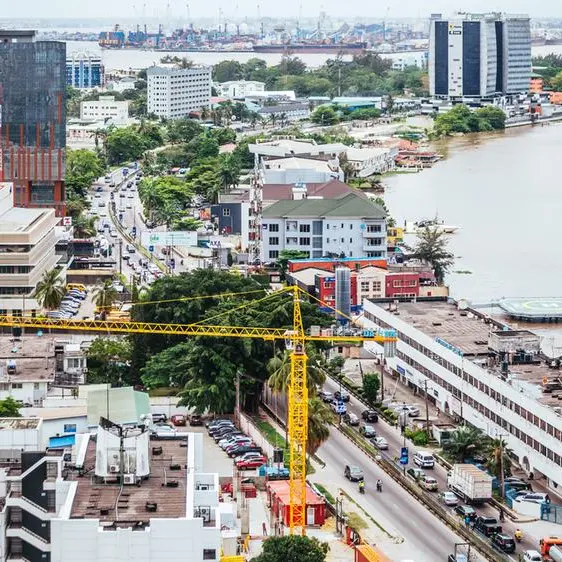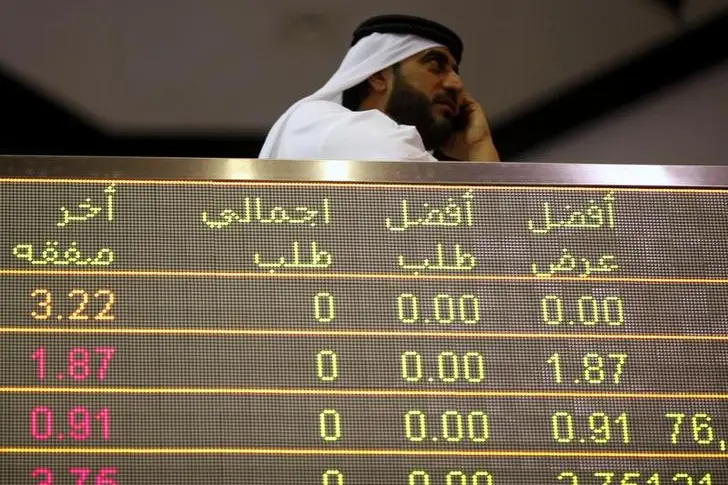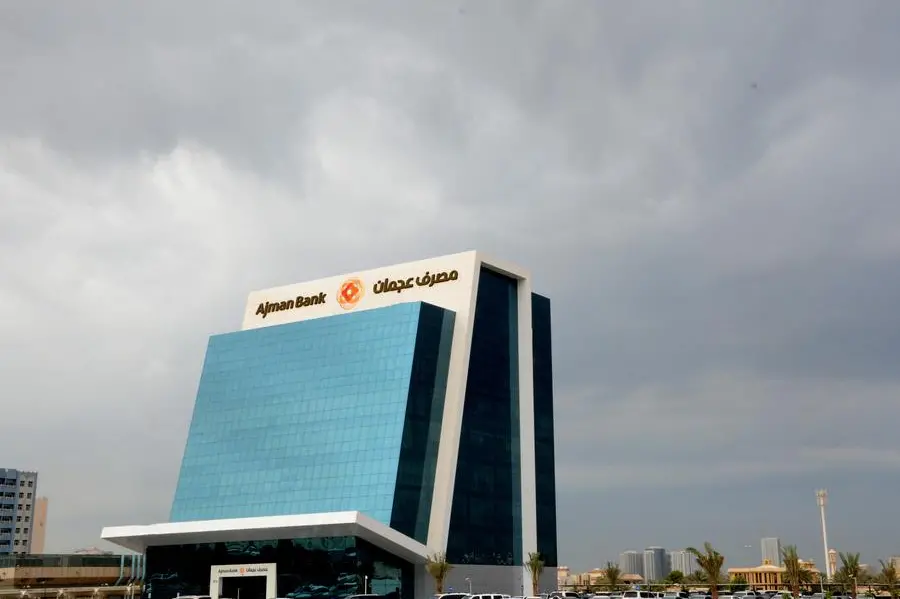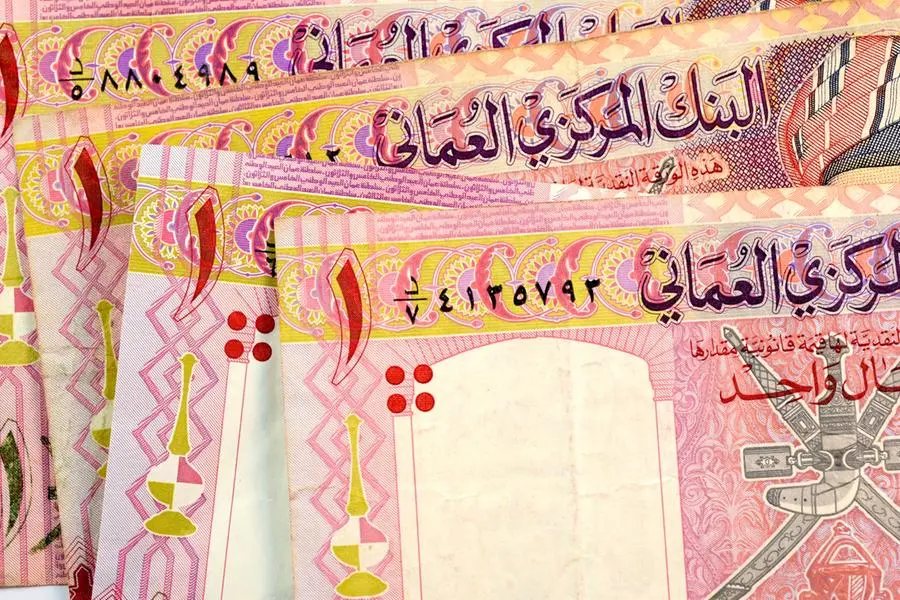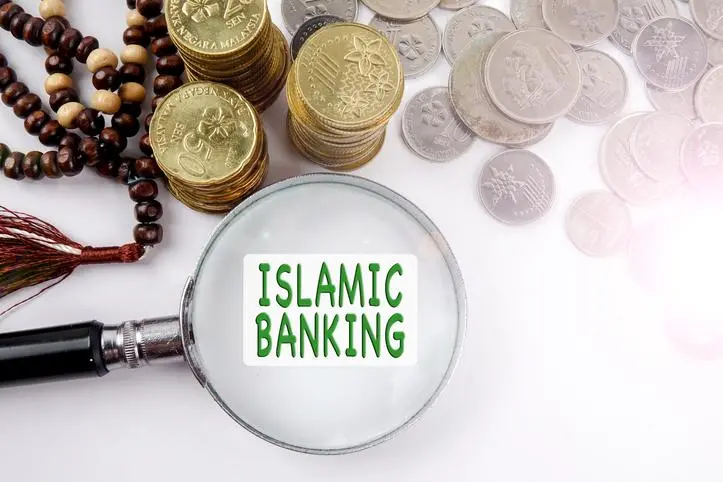PHOTO
A cashier in a leading supermarket dispenses the new $10 ZiG, short for Zimbabwe Gold, note from a till as change in Harare on April 30, 2024. Zimbabwe launched the ZiG on April 5, 2024 to replace the Zimabwean dollar as it seeks to tackle sky-high inflation and stabilise the country's long-floundering economy, but before April 30, 2024 it was largely only possible to make electronic payments with the ZiG. (Photo by Jekesai NJIKIZANA / AFP)
“Rapid local currency depreciation episodes and the attendant hyperinflation years are still fresh in the minds of most Zimbabweans,” said Imara Asset Management chief executive officer John Legat and chief investment officer Shelton Sibanda.
Those experiences eroded confidence in Zimbabwe’s economic and monetary authorities and the “focus for the government should be on building that lost trust,” they wrote in a note to clients.
The southern African nation launched a new gold-backed currency called the ZiG in April, its sixth bid in 15 years to stand up an effective local unit. Previous efforts collapsed amid sky-rocketing inflation and 80% of payments are now made in greenbacks.
Since then, President Emmerson Mnangagwa has suggested the ZiG could become the sole legal tender by 2026 and the country’s bankers have lined up behind him.
Zimbabwe briefly banned the use of foreign currencies in June 2019 to prop up the Zimbabwe dollar, which it had reintroduced after abandoning it a decade earlier. The currency ban was reversed at the onset of the coronavirus in March 2020.
The ZiG, backed by 2.5 tons of gold, was trading 13.71 to the dollar on Friday.
© Copyright The Zimbabwean. All rights reserved. Provided by SyndiGate Media Inc. (Syndigate.info).


